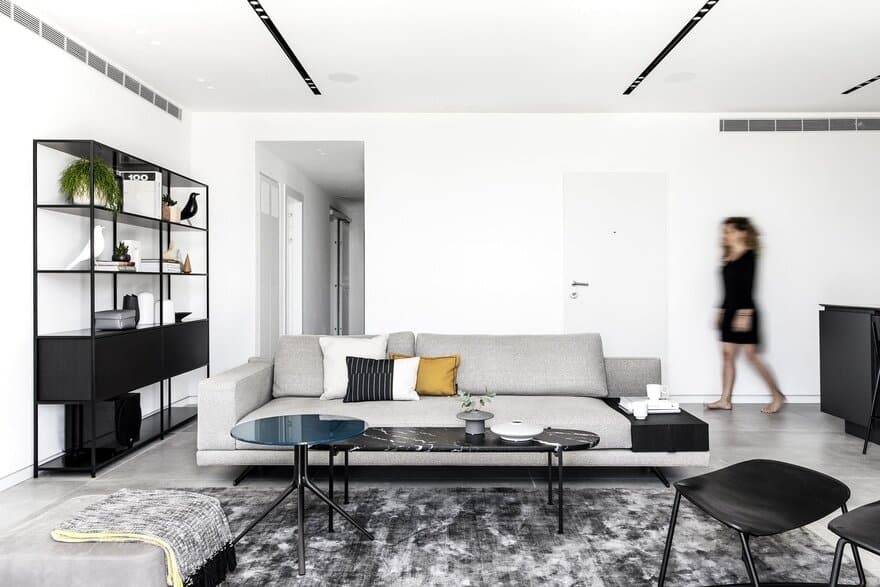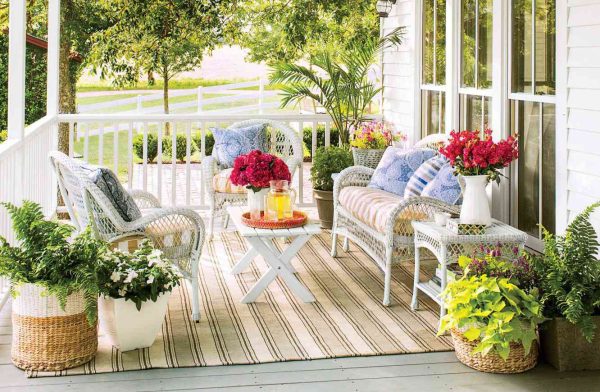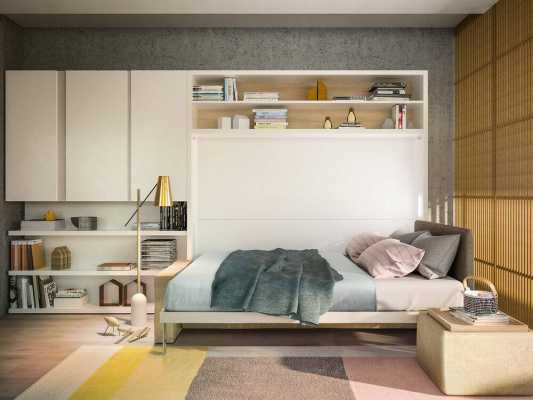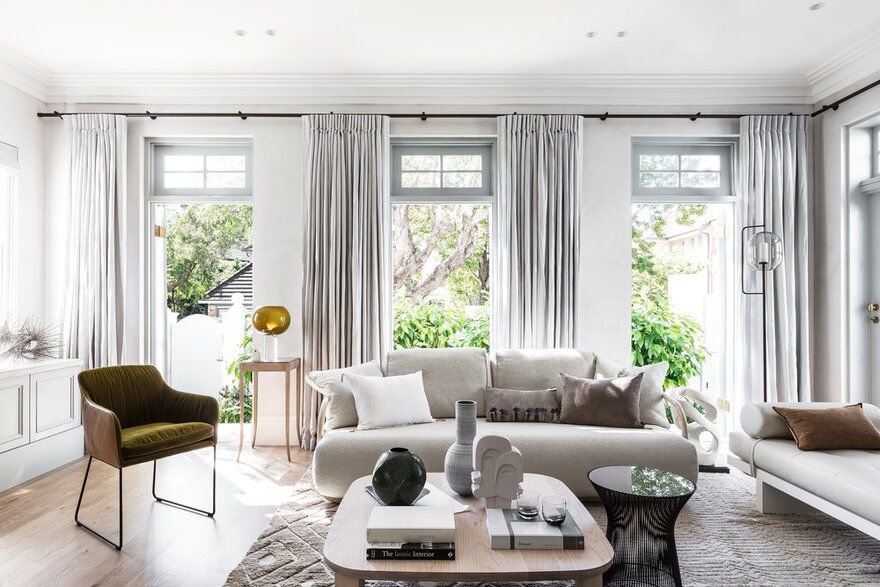
Do you enjoy flipping through interior design magazines or websites? If you do, chances are you might notice that most of their featured houses have applied neutral colors as the main theme. This trend has been adopted by many homeowners who renovate their houses, as well as those who have just started building their own. Indeed, these past few years have seen the rise in popularity of neutral colors used in interior design in different and creative ways.
Choosing a neutral theme has many benefits compared to other alternatives. For starters, with neutral colors, you’ll get a lot of freedom whenever you want to experiment with more vibrant colors.
Additionally, if you are looking for a theme that leaves your room more open and cleaner, brighter neutral colors will give you the desired results. Alternatively, settle for more muted or darker neutrals if you prefer a cozier space.
You can also mix and match different hues of the same neutral color for a classy look. Such layering has a way of making other items in the room make a statement. So, if you want neutral colors, you should always choose lighter shades with darker furniture.
Remember to use accessories that include the most neutral shades or all of them in creative ways. To help you effectively use neutral colors, discussed below are some great tips to consider for your interior design. Happy reading!
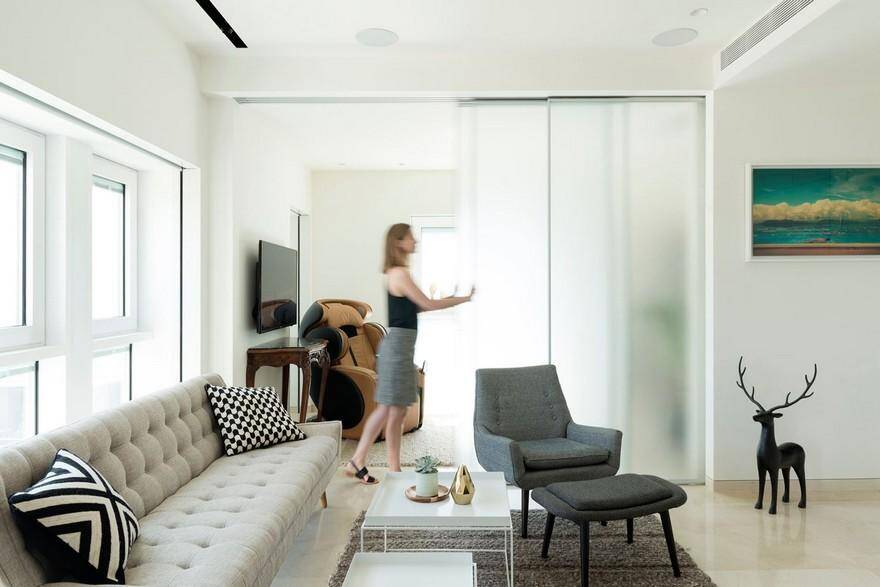
1. Paint Your Walls With A Mix Of Brown And White
When looking for the perfect pale beige color, you might achieve the best results when you mix brown and white paint colors. The perfect mix of brown and white paint will work with all colors for a calming mood.
Additionally, brown and white paints look lighter and paler and can be associated with simplicity, tranquility, and comfort. With a beige wall, consider pairing it with darker-toned furniture and accessories for it to pop.
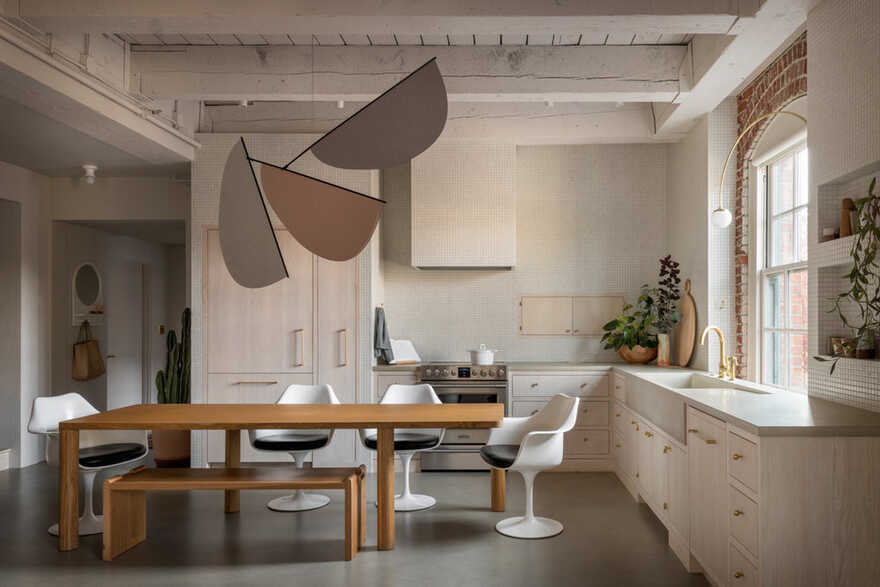
2. Experiment With Pale Pinks
If you love pink tones but are still looking to use neutral tones, pale pink might be the solution. Neutral pinks are more subdued, delicate, and subtle to create lightness and brightness. As a result, you can always create contrast and balance using pale pinks and a modern edge with black accessories or furniture.
Pale pinks are versatile and can fit into different spaces, including living rooms, bedrooms, kitchens, and bathrooms. A great way of introducing pale pinks is using them on woodwork for a striking look in any room.
3. For Color To Pop, Consider Using Neutrals
Neutrals are a great starting point when looking to use a pop of color in your home. When looking to use vibrant colors and patterns, you can pair them with a neutral shade to create a boho or maximalist look and feel. By pairing these colors, you’ll be able to unify the space effectively. Play around with furnishings and accessories made of bright colors.
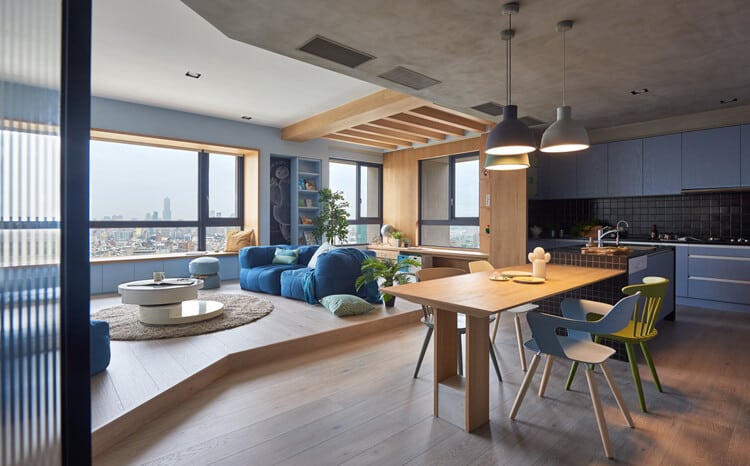
4. Use Textured Neutral Tones Items
If your space is brightly lit and you want to tone it down and add interest or depth to the general scheme, using textured neutral toned items might get the job done.
For instance, settle for furnishings such as fuzzy blankets or woven rugs that match the general aesthetic you are going for. Most textured accessories improve the look and prevent it from looking flat.
5. Incorporate Neutral-Colored Materials In A White-Walled Room
Another way of decorating with neutrals includes using neutral-colored materials in a home with white walls. Neutral palettes in white rooms tend to unify the space cohesively.
You can incorporate these materials by adding neutral wood floorboards, neutral leather furniture, and stones, amongst many others. These neutral-colored materials can bring the outside world together and create comfort in your home.
6. Use Shades Of Grey For A Contemporary Scheme
Grey, a pure neutral color, can make for a great color combination when layered correctly. You can always have a contemporary and calming neutral color scheme in your spaces. When using grey, experiment with all the different shades to create a modern feel in your home. Consider using grey as a backdrop when showcasing the accent colors of your choice.
Bottom Line
As established above, neutral colors work extremely well in different interiors of your home. However, consider the room’s purpose when incorporating neutrals into your space. For instance, dark neutrals will be suitable if you want to make your bedroom cozy. Alternatively, light neutral schemes tend to bring a relaxed feel to your home.
When using neutral colors, consider using different layer hues of the same color combination with trimming, materials, soft furnishing, etc. To build on color, settle for the walls that are the lightest, then move on from there.
